Search by Topic
- Acid Reflux 1
- CDC 1
- CT Scans 1
- Corticosteroids 1
- Delta Variant 1
- Flu vaccine 1
- GERD 1
- Gastroesophageal Reflux Disease 1
- HEPATITIS C 1
- Intermittent Fasting 1
- Johnson and Johnson 1
- KETO DIET 1
- MDVIP 1
- MS 1
- Masks 1
- Men's Health 1
- Moderna 1
- Multiple Sclerosis 1
- Pfizer 1
- Plenity 1
- Tryptophan 1
- alcohol 1
- alcohol abuse 1
- aspirin 1
- blood pressure 1
- bone health 1
- calcium 1
- cardiovascular 1
- cardiovascular disease 1
- cholesterol 1
- coconut oil 1
- coronary plaque 1
- coronavirus 12
- covid vaccine 4
- covid-19 19
- covid-19 in Children 1
- covid-19 testing 1
- deep venous thrombosis 1
- diabetes 2
- diet 1
- emotional wellbeing 1
- exercise 2
- fitness 1
- flu 3
- flu vaccine 1
- healthy holiday 1
- healthy living 1
- hearing 1
- heart disease 1
- heart disease prevention 1
Migraine headaches are common, affecting up to 37 million Americans. Migraines are usually described as an intense throbbing or pulsating pain in one area of the head and are often accompanied by nausea, vomiting, and sensitivity to light and sound. One third of migraine patients report seeing a visual aura shortly before the migraine begins. Auras can appear as flashing lights, zig-zag lines or even a temporary loss of vision.
Migraines affect three times as many women as men and are most common between the ages of 18 and 44. Worldwide, migraine is the 6th most disabling illness. Nearly 25% of US households include someone with migraine; more than 4 million Americans have chronic daily migraine with at least 15 migraine days per month. Ninety percent of migraine sufferers are unable to work or function normally during their migraine. Migraines affects kids, too; up to 10% of school-age children suffer from migraine and those children are twice as likely to be absent from school as children without migraine.
After many years during which only traditional analgesics (aspirin, NSAIDs such as ibuprofen, and narcotics such as codeine and hydrocodone) and triptan drugs such as Imitrex (sumatriptan) were available to help relieve migraine, a new era of migraine treatment is here. For several years Botox injections have been used to relax the symptomatic muscles spasms that can cause severe migraines. Three monoclonal antibody drugs, Aimovig, Emgality, and Ajovy, which are administered by injection every 2-4 weeks, have recently been approved by the FDA. These new preventive agents can reduce migraine frequency by up to 90%. And in recent months the FDA approved Ubrelvy, an novel oral medication that can help to abort migraines in progress.
New research has pinpointed several non-prescription methods to prevent migraines. First, caffeine use, especially consuming three or more caffeinated beverages per day, can cause migraines, and abruptly stopping caffeine can trigger rebound headaches. Second, daily aspirin use (81-325 mg once daily) can help prevent headaches. Losing weight may ease the frequency, intensity, severity and duration of migraines in obese people. Lastly, progressive muscle relaxation (PMR) may reduce migraines. PMR is a form of behavioral therapy that eases muscle tension and reduces stress.
Migraine sufferers have lots of new options for both prevention of headaches and treatment of headaches in progress. Use the links below for more information, or call your doctor.

